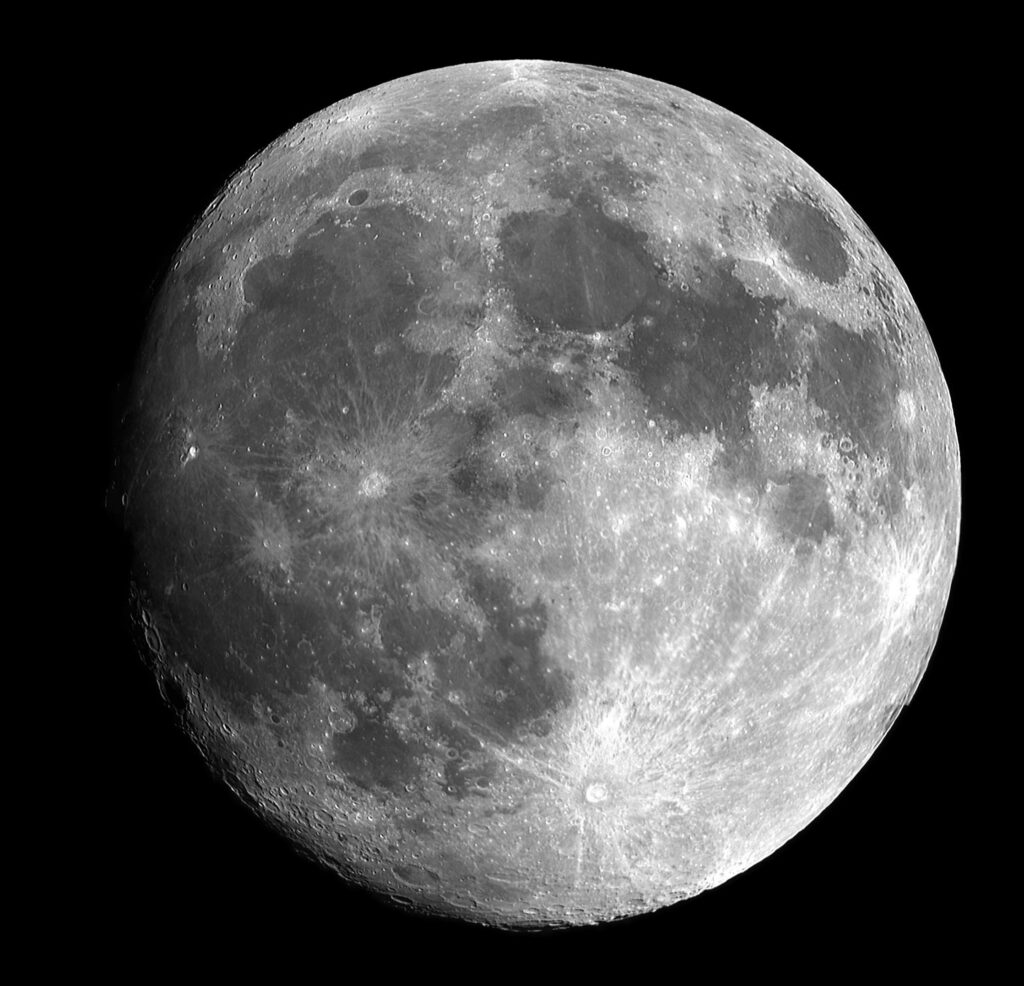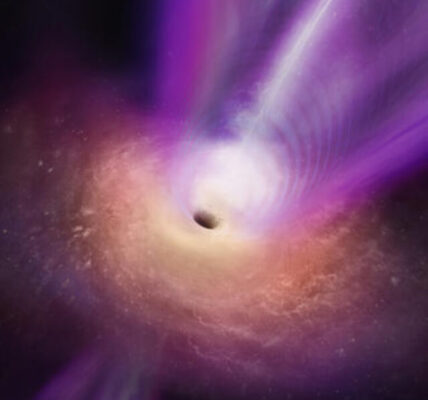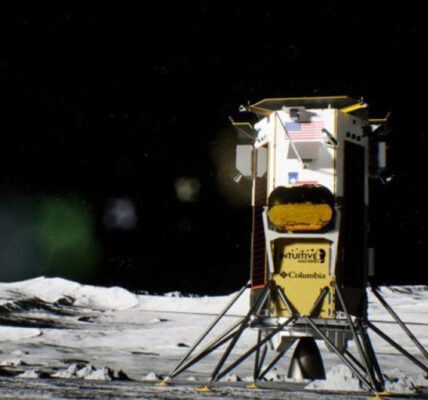Lunar Crater Radio Telescope is NASA’s ambitious plan to build a giant radio telescope on the far side of the moon. This telescope could unlock new secrets about the universe and protect radio astronomy from interference caused by Earth’s growing satellite traffic.

Lunar Crater Radio Telescope: NASA’s Giant Moon Telescope Plan
NASA scientists are working on an exciting new project called the Lunar Crater Radio Telescope (LCRT). This telescope would be built inside a huge crater on the far side of the moon — often called the “dark side” because it never faces Earth. If everything goes according to plan, the telescope could be ready by the 2030s, with an estimated cost of over $2 billion.
Why Build the Lunar Crater Radio Telescope on the Moon?
Astronomers want the Lunar Crater Radio Telescope because the moon’s far side offers a unique environment that protects sensitive radio signals from interference. Here on Earth, radio telescopes face many challenges — signals from our atmosphere, solar radiation, and especially the growing number of satellites orbiting Earth cause a lot of noise that blocks faint signals from space.
Private companies like SpaceX are launching thousands of satellites in what are called “megaconstellations.” While these satellites provide valuable communication services, they also accidentally leak radio signals that can interfere with Earth-based astronomy. Scientists worry that if this continues, it will be almost impossible to study some parts of the universe using radio waves from Earth.
The Lunar Crater Radio Telescope could solve this problem by being placed inside a large crater on the moon’s far side. The crater would shield the telescope from Earth’s radio signals and solar radiation, creating a quiet space ideal for observing the universe.
What Will the Lunar Crater Radio Telescope Look Like?
The proposed Lunar Crater Radio Telescope will be built mostly by robots, making it one of the first large robotic construction projects on the moon. It will use a giant mesh reflector suspended by cables inside a crater, similar to Earth’s famous Arecibo telescope (which recently collapsed) or China’s Five-hundred-meter Aperture Spherical Telescope (FAST).
The planned dish will be about 1,150 feet (350 meters) wide — larger than Arecibo but smaller than FAST. Originally, NASA scientists thought about making it even bigger, but they scaled it down to balance feasibility and costs.
The exact crater chosen for the project is about 0.8 miles (1.3 kilometers) wide and located in the moon’s northern hemisphere, though NASA has kept the location secret for now.
Protecting Radio Astronomy for the Future
One of the most urgent reasons for the Lunar Crater Radio Telescope is to protect the future of radio astronomy. As more satellites fill Earth’s orbit, radio signals become noisy and crowded. This pollution threatens to close many “windows” through which astronomers study the universe.
Federico Di Vruno, a leading astronomer, warns that if satellite numbers keep rising unchecked, it might become impossible to observe certain radio frequencies from Earth at all. The Lunar Crater Radio Telescope would provide a safe haven for these observations, keeping radio astronomy alive even in the face of increasing interference.
New Science with Ultra-Long Wavelengths
The Lunar Crater Radio Telescope won’t just protect astronomy; it will also open new opportunities. Earth’s atmosphere blocks radio waves longer than about 33 feet (10 meters), known as ultra-long wavelengths. These waves carry important information about the universe’s earliest moments, the so-called “cosmic dark ages,” when the first atoms formed but stars and galaxies had not yet appeared.
By observing these ultra-long wavelengths from the quiet environment of the moon’s far side, scientists hope to learn more about dark matter, dark energy, and the very beginnings of the cosmos.
The telescope’s location also protects it from solar radiation that can interfere with these delicate signals, making the Lunar Crater Radio Telescope the best place to study this mysterious part of the universe.
Early Steps on the Moon
The Lunar Crater Radio Telescope won’t be NASA’s first radio experiment on the moon, but it will be the largest and most advanced.
Although the lander didn’t land perfectly and the telescope mostly picked up signals from Earth, it demonstrated the value of lunar radio observations.
Later this year, another small telescope called LuSEE Night will land on the far side of the moon to scan ultra-long wavelengths. These early missions will help test equipment and methods for building and operating the much bigger Lunar Crater Radio Telescope.
Challenges and Costs
Building the Lunar Crater Radio Telescope is a massive technical challenge. It requires robots to assemble large structures in the harsh lunar environment, with limited resources and communications.
The current cost estimate is about $2.6 billion, which is expensive, especially as NASA’s budget faces cuts. But many scientists believe this investment is worth it to preserve and advance our understanding of the universe.
What the Future Holds
The Lunar Crater Radio Telescope represents a bold step in astronomy and space exploration. If successful, it will allow humans to study the universe like never before, exploring wavelengths and cosmic eras impossible to observe from Earth.
It will also help protect radio astronomy from the growing noise of human technology, ensuring that we can keep listening to the universe’s faint whispers for generations to come.
If you want to stay updated on this groundbreaking project, keep an eye on NASA’s announcements and future lunar missions — the Lunar Crater Radio Telescope could change how we see the cosmos forever.
Related:
Ancient Ocean on Mars Discovery: 5 Stunning Revelations





ffbk34